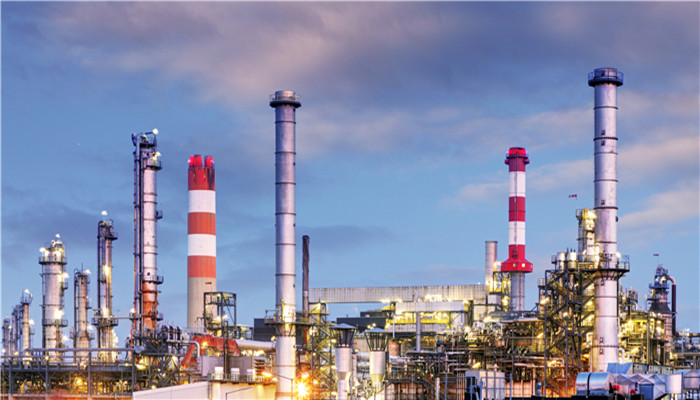
my country is a major producer and exporter of para-aminophenol. India is the main export destination.
Para-aminophenol (PAP), also known as p-hydroxyaniline, is a widely used fine organic chemical intermediate. Para-aminophenol appears as white or light yellow-brown crystals. It has strong reducing properties and is easily oxidized. It is slightly soluble in chloroform, benzene and petroleum ether, and soluble in ethanol, ether and water. Para-aminophenol includes three isomers: o-aminophenol, meta-aminophenol and p-aminophenol. Due to the different relative positions of hydroxyl and amino groups, the physical and chemical properties of the three isomers are also different.
Para-aminophenol is widely used in medicine, dyes, organic synthesis, rubber, feed, petroleum and other fields. In the field of medicine, as a pharmaceutical intermediate, p-aminophenol can be used to produce drugs such as clofibrate, paracetamol, vitamin B1, and the compound nicotinamide; in the field of dyes, p-aminophenol can be used to produce dyes such as sulfide blue FBG and weakly acidic bright yellow 5G; In the field of rubber, p-aminophenol can be used to synthesize a variety of p-phenylenediamine antioxidants.
According to the “2022-2026 China Para-Aminophenol Industry Market Monitoring and Future Development Prospects Research Report released by the Industrial Research Center , in 2021, the global para-aminophenol market size will be approximately US$350 million. my country is the world’s largest para-aminophenol market, accounting for approximately three-quarters of the global market. In 2021, my country’s export volume of para-aminophenol raw materials will be approximately 30,000 tons, and the export volume from January to June 2022 will be approximately 13,000 tons, a year-on-year decrease of approximately 11.5%.
From the perspective of import and export regional distribution, domestic para-aminophenol raw materials are mainly exported to India, Pakistan, Bangladesh, Turkey and other regions, of which India’s exports account for about 66.5%; imported para-aminophenol raw materials mainly come from Cambodia, Thailand and other regions .
From the perspective of average export price, driven by the new coronavirus epidemic, the demand for para-aminophenol raw materials has increased significantly. Due to the contradiction between supply and demand, the price of para-aminophenol raw materials has increased significantly. Specifically, from January to December 2021, India imported para-aminophenol. The average price of phenol increased from US$6.5/KG to around US$8.3/KG.
There are various production methods for p-aminophenol, including hydrogenation reduction method, iron powder reduction method, phenol nitrosation method, coupling reduction method, etc. The production capacity of para-aminophenol in my country is relatively concentrated. The main production enterprises include Anhui Bayi Chemical, Shixing Pharmaceutical, Yangzi Pharmaceutical and Chemical, Hebei Jiheng Pharmaceutical, Liaoning Shixing, etc. Among them, Anhui Bayi Chemical has the higher production capacity. From 2020 to 2021, due to strong international market demand and the renovation of some domestic manufacturers’ equipment, the para-aminophenol market is in short supply, and the industry’s operating rate has increased, with the highest level reaching about 92.0%.
Industry analysts said that my country is a major producer and exporter of para-aminophenol, and India is the main exporter of domestically produced para-aminophenol. Para-aminophenol has a wide range of application fields, but compared with foreign markets, the application scenarios of para-aminophenol in my country are relatively single. Relevant companies should actively develop new products, increase downstream application development efforts, and explore new preparation processes to help the para-aminophenol industry. Reduce costs and increase efficiency.

 微信扫一扫打赏
微信扫一扫打赏

